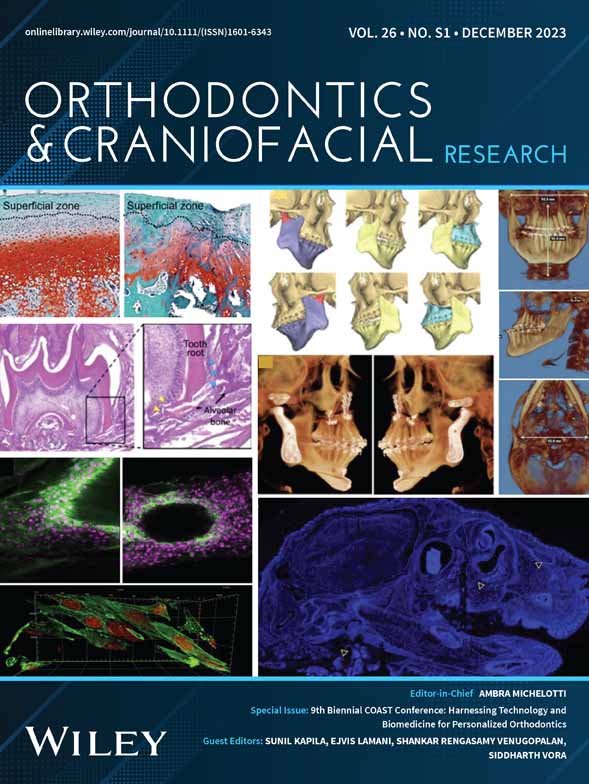Towards resorbable 3D-printed scaffolds for craniofacial bone regeneration
Abstract
This review will briefly examine the development of 3D-printed scaffolds for craniofacial bone regeneration. We will, in particular, highlight our work using Poly(L-lactic acid) (PLLA) and collagen-based bio-inks. This paper is a narrative review of the materials used for scaffold fabrication by 3D printing. We have also reviewed two types of scaffolds that we designed and fabricated. Poly(L-lactic acid) (PLLA) scaffolds were printed using fused deposition modelling technology. Collagen-based scaffolds were printed using a bioprinting technique. These scaffolds were tested for their physical properties and biocompatibility. Work in the emerging field of 3D-printed scaffolds for bone repair is briefly reviewed. Our work provides an example of PLLA scaffolds that were successfully 3D-printed with optimal porosity, pore size and fibre thickness. The compressive modulus was similar to, or better than, the trabecular bone of the mandible. PLLA scaffolds generated an electric potential upon cyclic/repeated loading. The crystallinity was reduced during the 3D printing. The hydrolytic degradation was relatively slow. Osteoblast-like cells did not attach to uncoated scaffolds but attached well and proliferated after coating the scaffold with fibrinogen. Collagen-based bio-ink scaffolds were also printed successfully. Osteoclast-like cells adhered, differentiated, and survived well on the scaffold. Efforts are underway to identify means to improve the structural stability of the collagen-based scaffolds, perhaps through mineralization by the polymer-induced liquid precursor process. 3D-printing technology is promising for constructing next-generation bone regeneration scaffolds. We describe our efforts to test PLLA and collagen scaffolds produced by 3D printing. The 3D-printed PLLA scaffolds showed promising properties akin to natural bone. Collagen scaffolds need further work to improve structural integrity. Ideally, such biological scaffolds will be mineralized to produce true bone biomimetics. These scaffolds warrant further investigation for bone regeneration.
CONFLICT OF INTEREST STATEMENT
All the authors declare that there is no conflict of interest.
Open Research
DATA AVAILABILITY STATEMENT
The data that support the findings of this study are available from the corresponding author upon reasonable request.




